Jaguar C-X75 concept
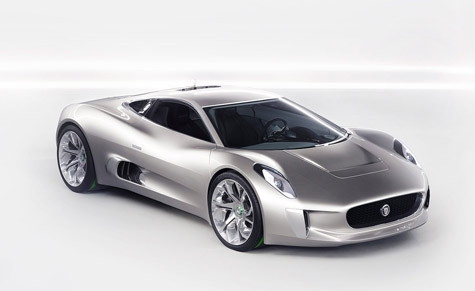
When we first set eyes on Jaguar's stunning C-X75 concept at this year's Paris Motor Show it was clear that the company had been busy in the design studio. Although big, broad and essentially rather improbable in current form, the C-X75 is remarkably beautiful - a voluptuous supercar concept that simply doesn't slot anywhere in Jaguar's current and future product road map. So why create it? Concept cars aren't cheap, and their design, construction and short but glorious globe-trotting lifespan needs to tick a lot of boxes to justify the investment.
src="/images/thums/98_jaguar_jp100111_it.jpg" alt="jaguar">
See more of the C-X75
Ian Callum, Jaguar's long-standing and highly engaging director of design, remarks wryly that the C-X75 exists as a bit of a provocation. 'It's a disruption, really, that's part of my job.' Ostensibly created to celebrate the marque's 75th anniversary, it's also an undisguised attempt to splice a rich mix of low emission technology and sporting excellence into Jaguar's DNA. This particular territory - the realm of the hyper-efficient supercar - is currently very much up for grabs, with the forthcoming Porsche 918 Hybrid, Mercedes' all-electric SLS roadster and Audi's e-tron all in the running but each still several years from production.
The C-X75 could never be built as it stands, for the technology it contains is largely speculative. The show car is electrically powered, with a motor at each wheel, but the cleverest conceit it contains is still theoretical. This is the inclusion of two tiny gas turbine engines, each designed to spin at speeds of 80,000 rpm and dedicated to rapid re-charging of the car's batteries.
On electric power alone, the C-X75 should be good for 80 miles or so. Top up the turbine tank with kerosene, diesel or some other highly concentrated fossil fuel, and you have a high-tech range extender system, one with an evocative whine that evokes the right combination of retro-futurism and genuine future shock.
That's the theory. In practice, the turbines have never been spooled up. Instead, they sit beneath a glass engine canopy like a couple of fancy thermos flasks. Jaguar's parent company, Indian industrial giants Tata, has taken a stake in the turbine makers, Bladon Jets, a small Midlands-based business, with a long-term view to micro-power generation in parts of the world with minimal infrastructure. Supercars are simply a sideline.
In recent years, the auto industry has rather fallen out of love with the show car as an unattainable dream. Back in the 1950s and 60s, the Americans and Italians attempted to outdo each other with the most voluptuous and improbable pieces of automotive sculpture, nakedly futuristic concepts that were squarely aimed at psyching up the consumer for a distant 'world of tomorrow' - an airbrushed, proto-Pop, hyper-chromed push button place of perpetual freedom.
Receive our daily digest of inspiration, escapism and design stories from around the world direct to your inbox.
The majority of today's concepts are rather more prosaic, being much more closely related to imminent production models. The gestation of a new car is so prolonged and complex that the conceptual designs that appear to 'precede' them are inevitably designed after the standard car has been signed off and is waiting quietly in the wings. The C-X75 is different - one of a group of ultra-efficient supercars revealed in recent years. Although its very radical nature means that it's unlikely to hit the road in its current form, the prototype conforms to most current legislation, the rigid set of rules through which all car designers must squeeze their brand identities. Look out for it on the virtual realm of Gran Turismo rather than a real road.
For Callum, the chief lessons to learn from this concept are that electric propulsion is a blank slate for designers. 'We can make an electric car almost any shape we like,' he explains, 'there's nothing mechanical, no great big lump of gearbox or V8.' Rumour suggests a new smaller, sporting Jaguar is in the offing, and perhaps elements of this machine will surface in that - a curve here, a crease there. Most importantly of all, this concept exists to help spark up a relationship between electric powertrains and emotion, the irrational wildcard that cements our attachment to a particular brand.
Rather perversely, given the lack of limitations, the C-X75 shares its proportions with Jaguar's own XJ13, a one-off mid-engined special from 1966, and as classic a piece of old-school, fossil-fuelled race car engineering as one could possibly find. Yet if this current concept achieves the same legendary status as its 60s forerunner, regardless of the improbability of production, Callum and his team will have done their job.
Jonathan Bell has written for Wallpaper* magazine since 1999, covering everything from architecture and transport design to books, tech and graphic design. He is now the magazine’s Transport and Technology Editor. Jonathan has written and edited 15 books, including Concept Car Design, 21st Century House, and The New Modern House. He is also the host of Wallpaper’s first podcast.
-
 Nela is London's new stage for open-fire gastronomy
Nela is London's new stage for open-fire gastronomyA beloved Amsterdam import brings live-fire elegance to The Whiteley’s grand revival
-
 How we host: with Our Place founder, Shiza Shahid
How we host: with Our Place founder, Shiza ShahidWelcome, come on in, and take a seat at Wallpaper*s new series 'How we host' where we dissect the art of entertaining. Here, we speak to Our Place founder Shiza Shahid on what makes the perfect dinner party, from sourcing food in to perfecting the guest list, and yes, Michelle Obama is invited
-
 Matteo Thun carves a masterful thermal retreat into the Canadian Rockies
Matteo Thun carves a masterful thermal retreat into the Canadian RockiesBasin Glacial Waters, a project two decades in the making, finally surfaces at Lake Louise, blurring the boundaries between architecture and terrain
-
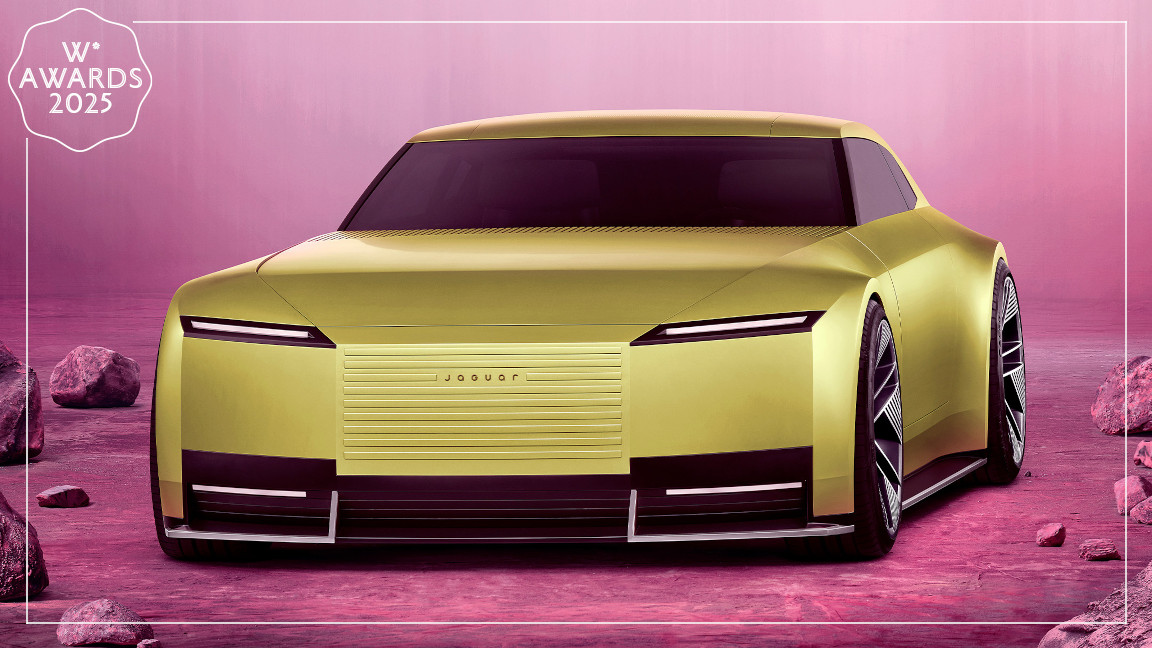 Jaguar’s big rethink earns its Type 00 concept car a Wallpaper* Design Award 2025
Jaguar’s big rethink earns its Type 00 concept car a Wallpaper* Design Award 2025We salute the forward-thinking and bold choices of the dramatic Jaguar Type 00 Concept, a preview of next year's all-new electric GT
-
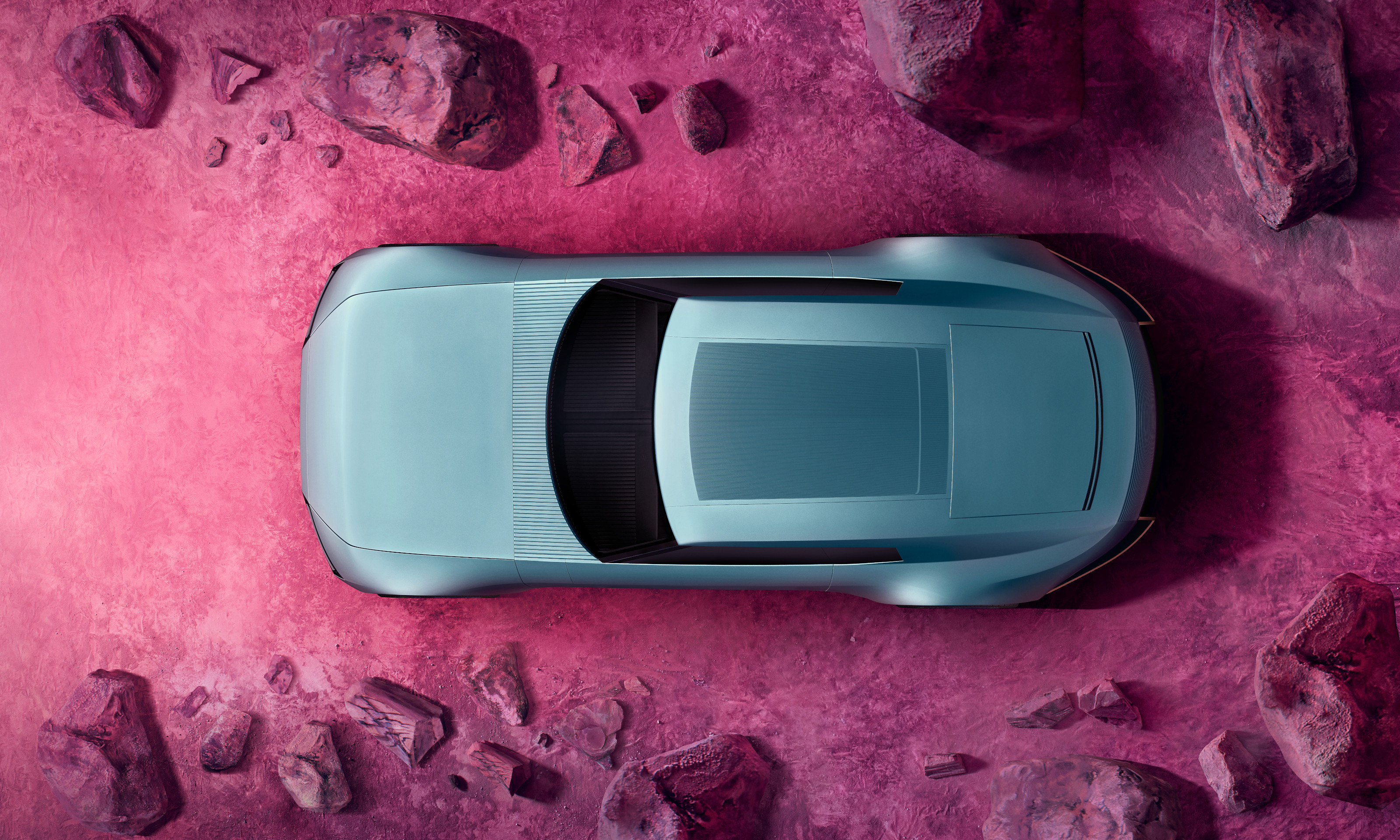 The top 10 concept cars of 2024, as selected by Wallpaper’s Transport Editor
The top 10 concept cars of 2024, as selected by Wallpaper’s Transport EditorWe round up our favourite forays into futuristic design with this collection of concepts and design studies showcasing the transport of tomorrow
-
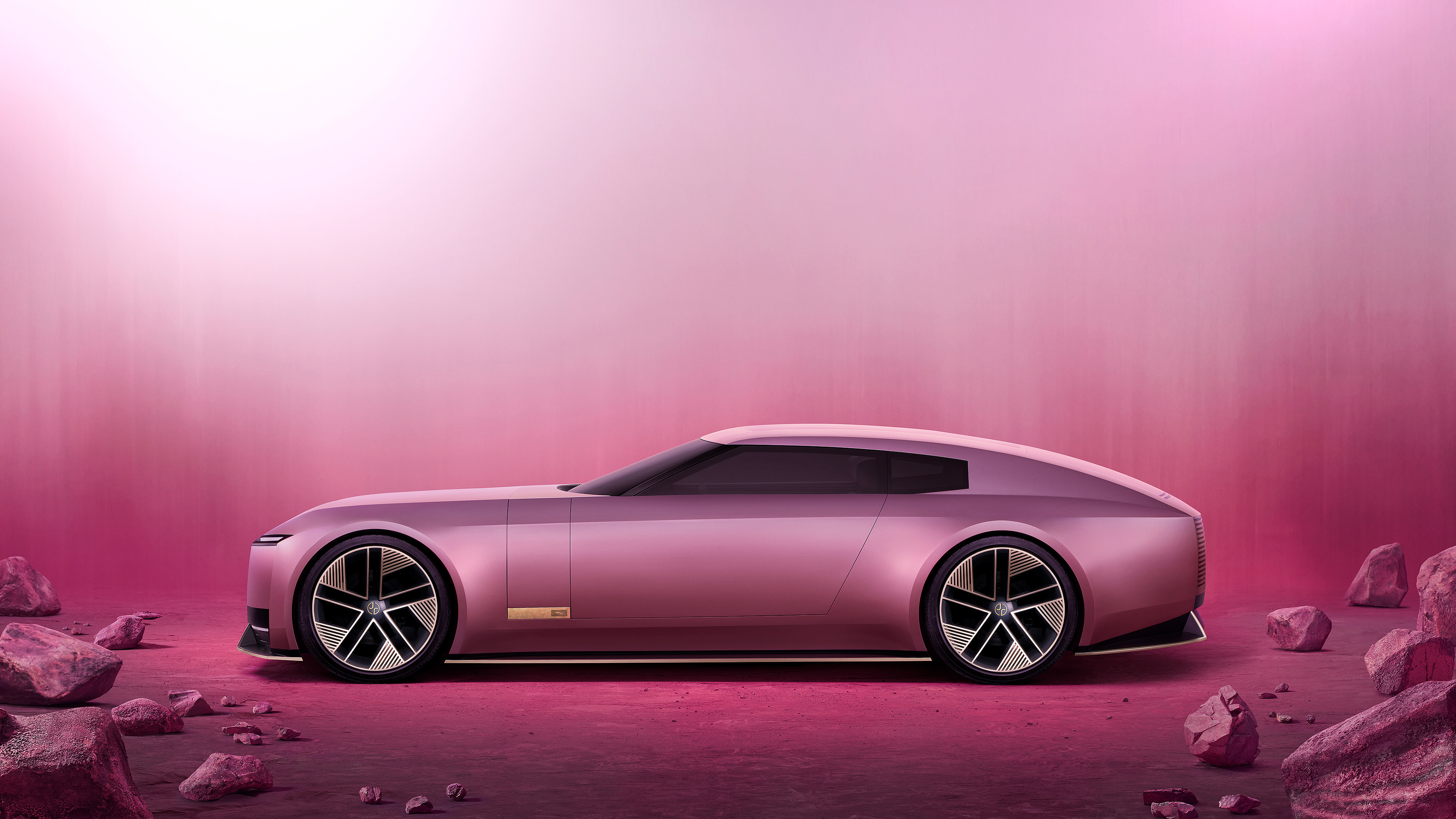 La Vie en Rose: can the Jaguar Type 00 reset the narrative surrounding the brand’s reinvention?
La Vie en Rose: can the Jaguar Type 00 reset the narrative surrounding the brand’s reinvention?This is the Jaguar Type 00, the first physical manifestation of the reborn brand’s new commitment to ‘Exuberant Modernism’. We take it for a semiotic spin
-
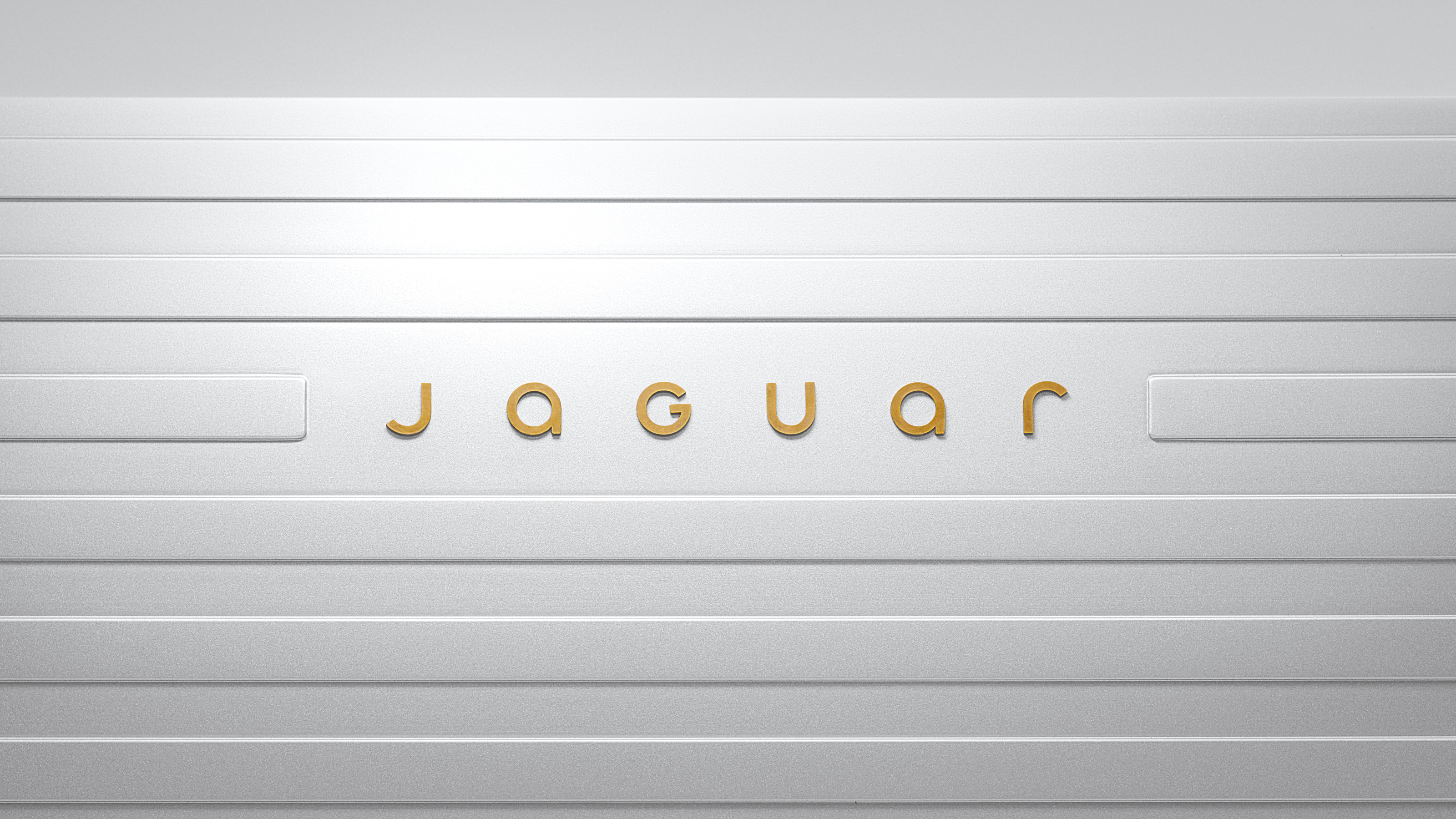 Jaguar reveals its new graphic identity ahead of a long-awaited total brand reboot
Jaguar reveals its new graphic identity ahead of a long-awaited total brand rebootJaguar’s new ethos is Exuberant Modernism, encapsulated by a new visual language that draws on fine art, fashion and architecture
-
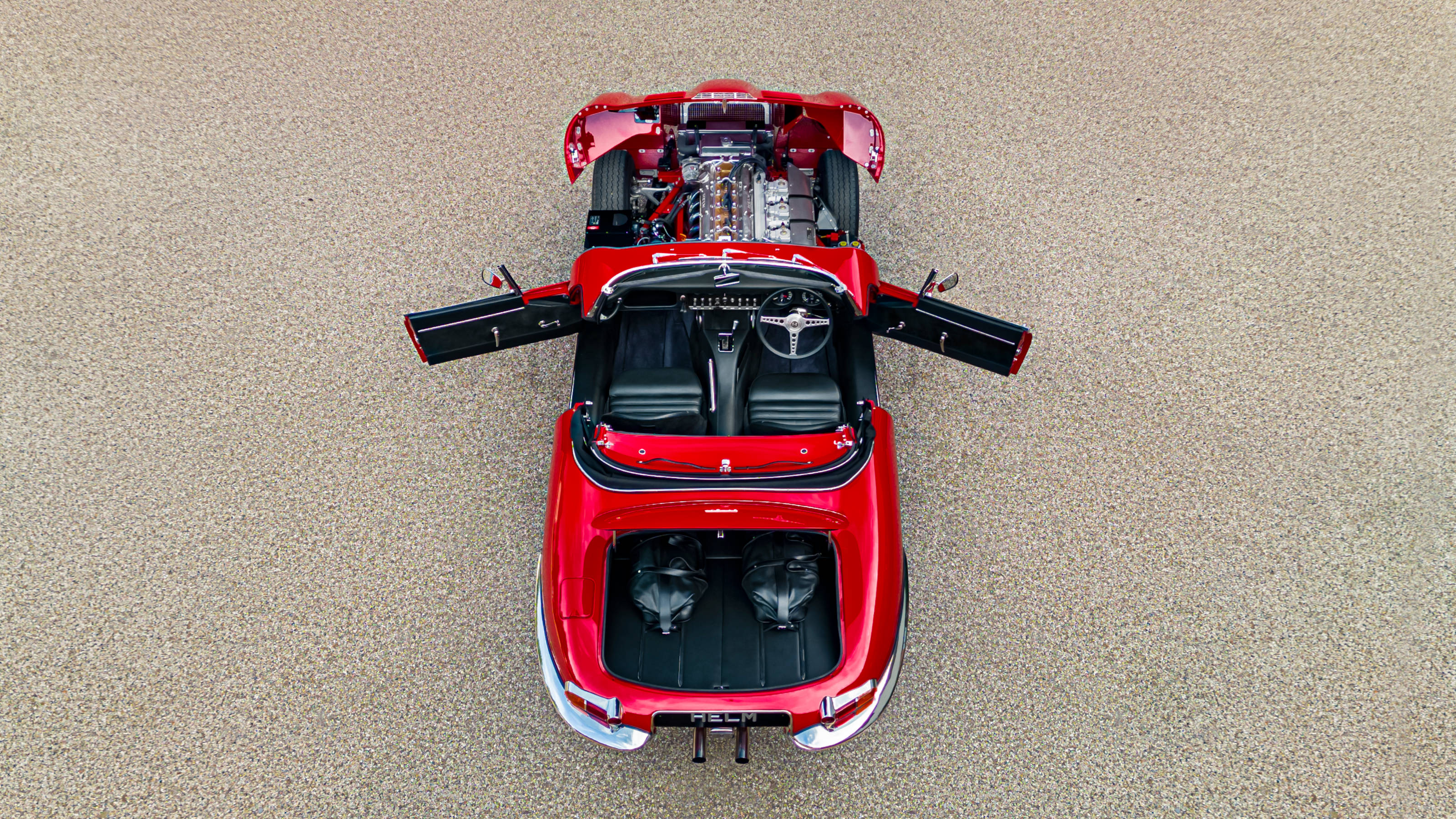 Helm’s meticulously re-imagined Jaguar E-Type features a finely crafted interior by Bill Amberg
Helm’s meticulously re-imagined Jaguar E-Type features a finely crafted interior by Bill AmbergHelm transforms the legendary E-Type into a thoroughly modern machine, upgrading every aspect of Jaguar’s pioneering sports car to an exacting brief
-
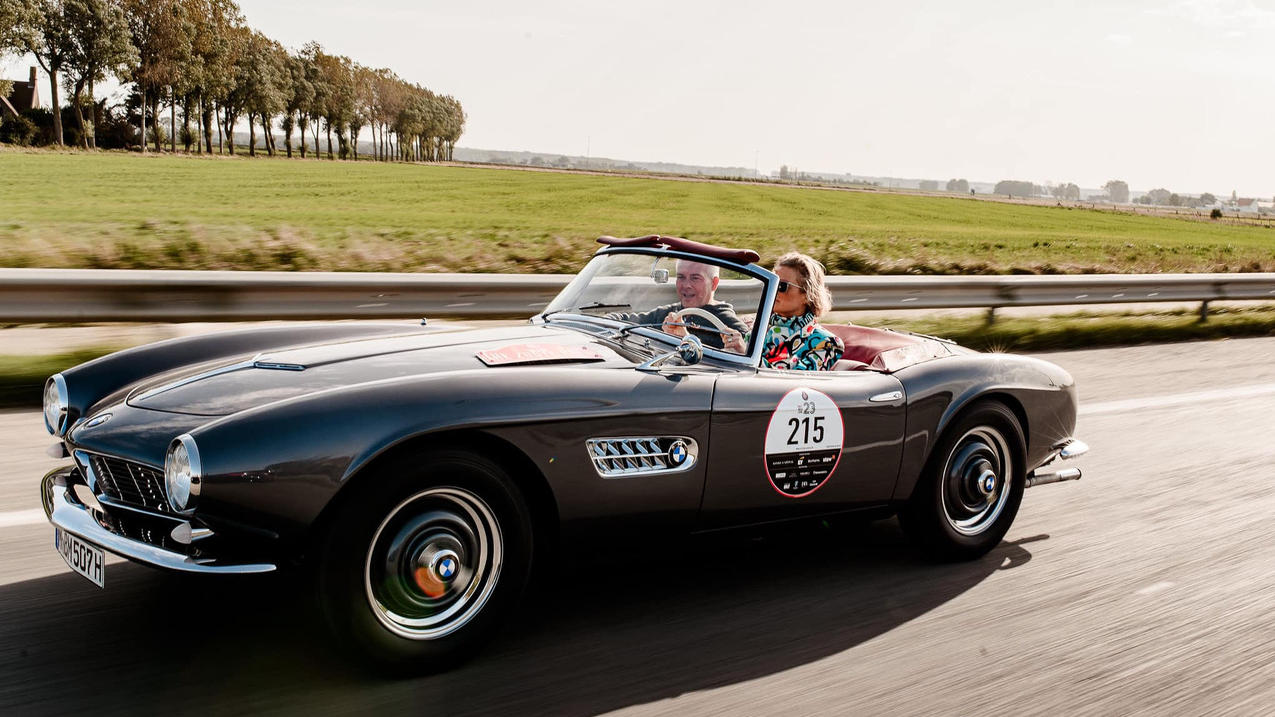 Zoute Grand Prix is a car fest like no other at a pristine Belgian beachside town
Zoute Grand Prix is a car fest like no other at a pristine Belgian beachside townAmy Serafin takes to the well-heeled streets of Knokke-Heist to experience the Zoute Grand Prix, its annual cavalcade of classic car-related events, from a rally to an auction
-
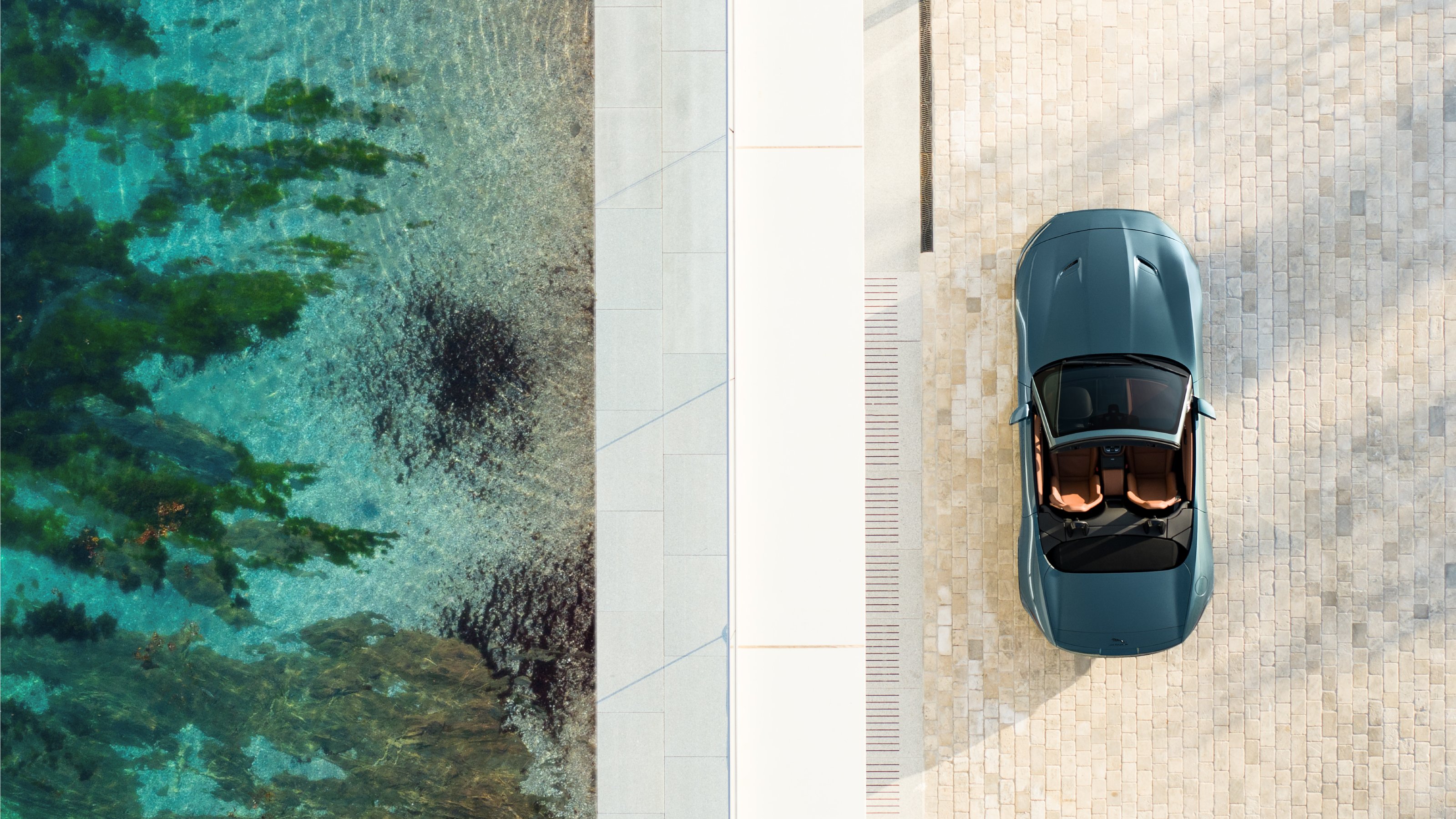 Jaguar F-Type 75 special edition is the last of its kind as the marque hints at a radical future
Jaguar F-Type 75 special edition is the last of its kind as the marque hints at a radical futureThe Jaguar F-Type 75 will be the last ever V8-powered Jaguar; is it also the end of conventional sports cars for this legendary British marque?
-
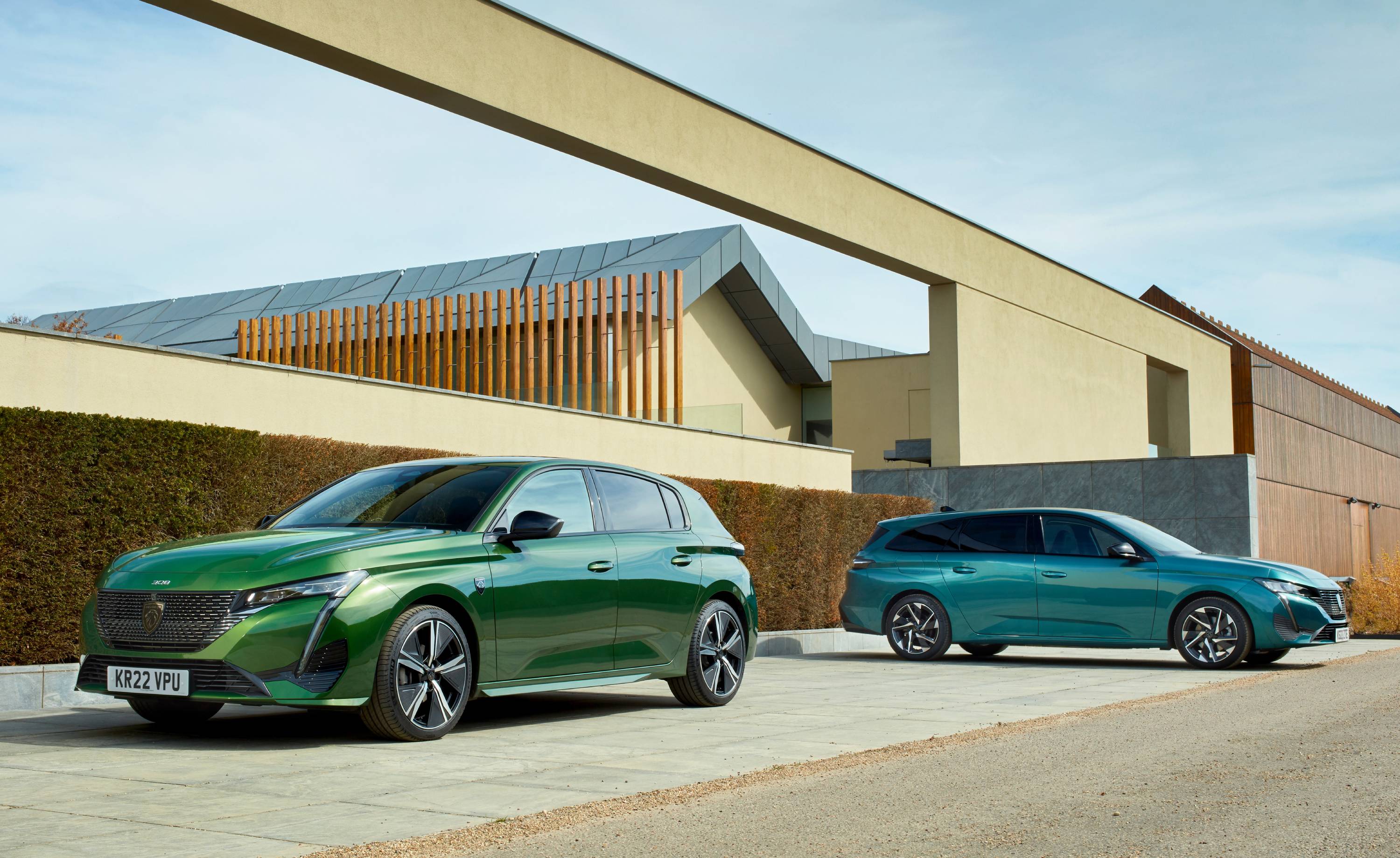 Peugeot’s sparky 308 gets hybrid power and handsome lines
Peugeot’s sparky 308 gets hybrid power and handsome linesThe Peugeot 308 proves that mass-market design needn’t be dull, blending hybrid power with sharp lines and excellent detailing